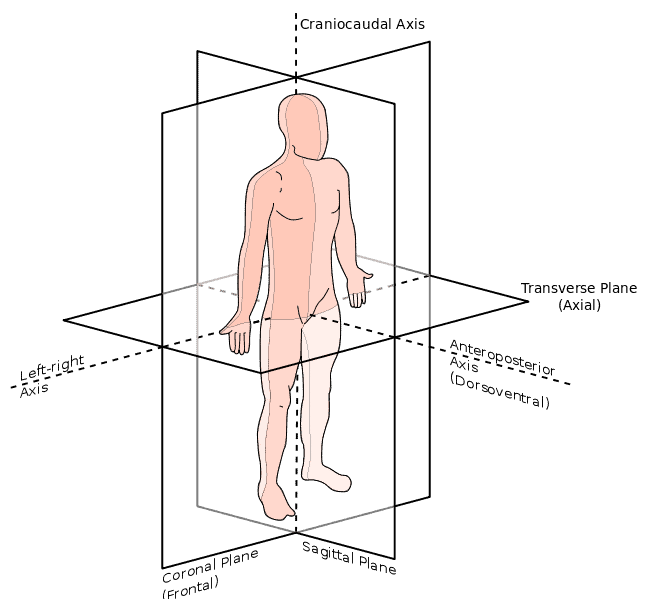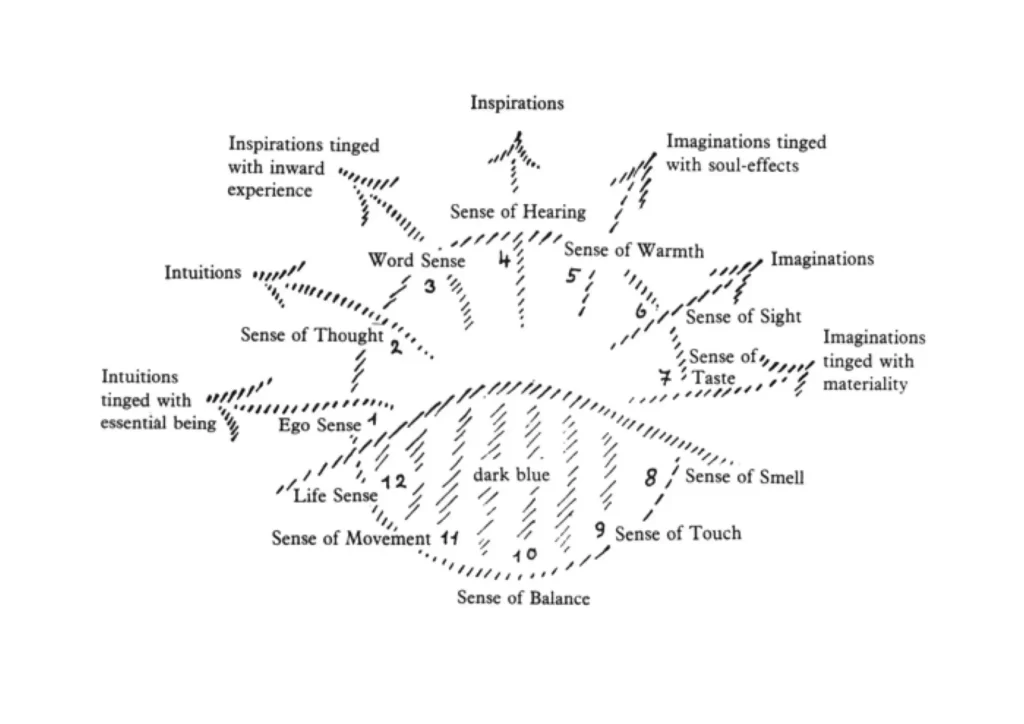Phasic Human Development
(1.1) Rudolf Steiner’s concept of the seven-year phases of human development focuses on the idea that individuals go through distinct periods of growth and transformation. Steiner suggests that there are four non-physical bodies or sheaths that unfold within these seven-year cycles, influenced by specific planets.
The first phase, from birth to approximately age seven, is influenced by the Moon. During this time, the physical body develops, and children learn through imitation and example. It is crucial to provide a positive and nurturing environment for children, as their experiences during this phase can have long-term effects.
The second phase, from approximately age seven to 14, is influenced by Mercury. The etheric or life body unfolds, and children begin to develop habits and their individual feeling life. It is important to provide loving authority and a fertile ground for their emotions to grow. This phase sets the stage for later vocational choices.
The third phase, from approximately age 14 to 21, is influenced by Venus. The astral body unfolds, and adolescents experience a balance between their idealistic aspirations and the awakening of their sexuality. This is a critical period for self-discovery and the search for truth, beauty, and authenticity.
From age 21 to 28, influenced by the Sun, individuals enter a phase where their sense of self and individuality deepens. The “I” or ego penetrates the astral, etheric, and physical sheaths, allowing for personal growth and exploration. It is a time for experimentation and developing a sense of purpose.
From age 28 to 35, influenced by Mars, individuals may face an inner and outer crisis, questioning their direction and experiencing a decline in vitality. This phase focuses on integrating thinking and feeling within one’s personality and requires self-reflection and effort.
From age 35 to 42, influenced by the Sun, individuals face a crucial period of individual awakening and responsibility. The traditional group identities begin to have less hold, and a shift towards self-development and self-awareness occurs.
Three Planes Of Space
We can look at the human being in three planes of space, the horizonal plane, the sagittal plane, and the frontal plane. Through the PSTE curriculum we can help to activate the planes of space. We have to orientate ourselves in our environment, and the planes of space are how we interact with our environment.
The frontal plane separates the front and back of the body. Picking an apple from a tree many require us to lean forward or to move forward into a space with confidence.

The Sagittal plane places a line down the middle of the human being separating the left and the right sides of the body. Many student find it very difficult to co-ordinate both sides of their body at the same time, or to move across this line during a task.
The Horizonal plane separates the upper and lower halves of the body. Activities that includes bending down, perhaps to transplant a salad into the market bed.
In order to focus, grasp, or step we are using combinations of these planes of space. When planning sessions it is helpful to consider these planes of space, and think about how each students moves in these spaces. By choosing tasks we can build up a students movements and dexterity in these planes of space over time. The curriculum at Ruskin Mill, includes crafts and land based activities that offer a student a complete exploration and strengthening of these plans of space.
The Twelve Senses
People generally assume that we have five senses. We know, however, that this is not justified, but that, in truth, we must distinguish twelve human senses. There are seven further senses that must be included with the usual five, since they are equally relevant to earthly, human existence. You know the usual list of the senses: sense of sight, sense of hearing, sense of taste, sense of smell, and sense of feeling. The last of these is often called the sense of touch and is mixed together with the sense of warmth, although more recently there are some who distinguish the one from the other. In earlier times these two completely distinct senses were mixed together, confusedly, as a single sense. The sense of touch tells whether something is hard or soft, which has nothing to do with the sense of warmth. And so, if one really has a sense — if I may use that word — for the way humanity relates to the rest of the world, one will have to distinguish twelve senses. Today I would like, once again, to describe these twelve senses. – Rudolf Steiner, The Riddle Of Humanity


The interplay of the twelves senses is key to understanding the complex nature of the human being. These twelves senses shape our understanding and perception of the world, some of our senses may need strengthening, or we have a tendency towards certain senses, that could lead to an imbalance.
Senses such as smell and taste, though significant in our sensory experiences, may be less easily remembered or consciously retained. They can also evoke deeper emotional responses. Sight is considered a primary sense, providing conscious visual perception of the external world.
The senses of warmth, hearing, speech, thinking, and the sense of self contribute to our conscious experience. Warmth perception relates to temperature sensitivity, hearing allows us to perceive sound, and speech enables understanding of language meaning. Thinking refers to cognitive processes, while the sense of self allows us to perceive the individuality of others.
A student will experience all 12 senses in the Ruskin Mill Curriculum, navigating through the college, practicing crafts, working in the gardens, and celebrating the festivals.
Steiner believed the foundation for learning is laid by the development of the four lower senses or sense of the body: touch, life, movement and balance.
Touch
Tools are often the mediator between the student, and the tasks. A student has to hold a tool, and apply the right amount of force for the desired effect. When sowing seeds, touch is very important to take the correct number of seeds. With smaller seeds, fine motor skills become more important, and many students find it very difficult to select the right number of seeds. Through touch we come into contact with our boundary, through the crafts or the act of touching soil, then we activate our sense of touch.
Life
The life sense relates to pain and self-regulation. Your life sense lets us know when we are full, or need to go to the toilet. Many students find it difficult to register pain, or adjust clothing for changes in temperature. We need to bring our awareness into our body to help regulate ourselves with further independence.
Movement
The sense of movement is the awareness of our body, and how it moves through space. Are we moving confidently, or is our body closed as we walk? Working together with other senses, our muscles more to adjust our posture and movements. When pushing a wheelbarrow, we have to more our arms and legs to maneuver it effectively, to change direction, and to empty soil.
Balance
Balance is something that we learn in relation to the outer world, when we learn to stand up as a small child we are learning how to balance. The Ruskin Mill curriculum incorporates many opportunities to improve balance. Students put on waders, and enter the ponds at the fishery, held by the weight of the water, they more in the water, maintain balance. Perhaps, they are holding a net as they more around the pond, adding further complexity to the art of balancing, as the sense of balance is awakened in the body.
Recent Posts
From my experiences with biodynamic agriculture, as I now enter into my fourth year of being on biodynamic farms and gardens, I have to say I find this a difficult question to answer because it’s...
Part One - Honey Bee Species: Mellifera, Cerana, Dorsata, and Florea
Introduction I am halfway through a traditional beekeeping course as part of my deep dive into beekeeping over the last year. It is a standardised beekeeping course, that you find in most towns...
